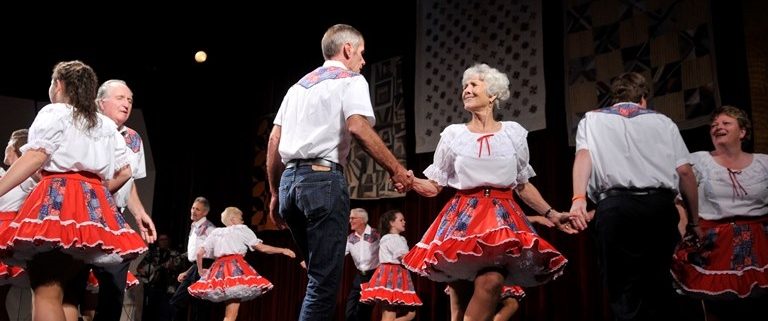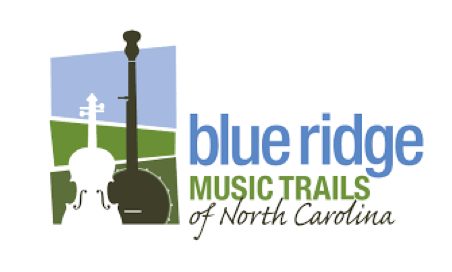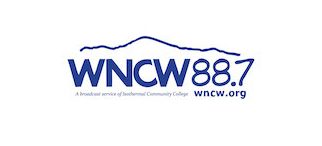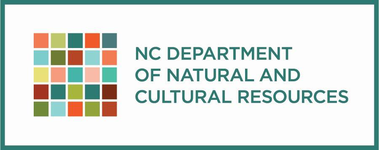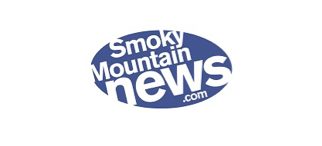Dance
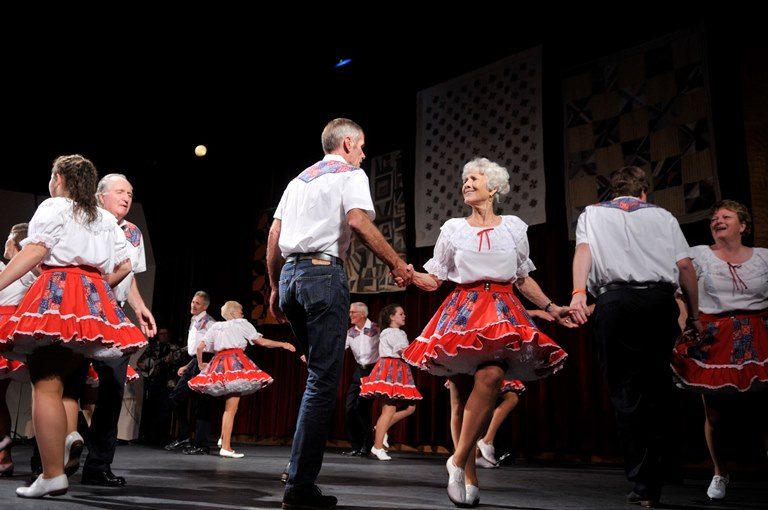
Dancers at the Smoky Mountain Folk Festival
For generations, the North Carolina mountains and foothills have had a rich dance heritage, a tradition that is still strong today. Throughout the region there are opportunities for visitors to take part in community dances, watch performances by groups, and learn to dance in a mountain style.
The dance traditions that have been in the Blue Ridge and Great Smoky Mountains the longest are those of the Cherokee. Cherokee communities on the Qualla Boundary and in the Snowbird area near Robbinsville have kept their ancestors’ dancing heritage vital by passing the old dances and songs from one generation to the next. Elders Will West Long (1870–1947) and Walker Calhoun (c. 1915–2012) were both passionate about the continuation of traditional Cherokee culture, and the dances and accompanying songs that they taught to younger generations are now performed by dancers such as the members of the Warriors of AniKituwh and the Ani-Kuwih (Mulberry) Dancers.
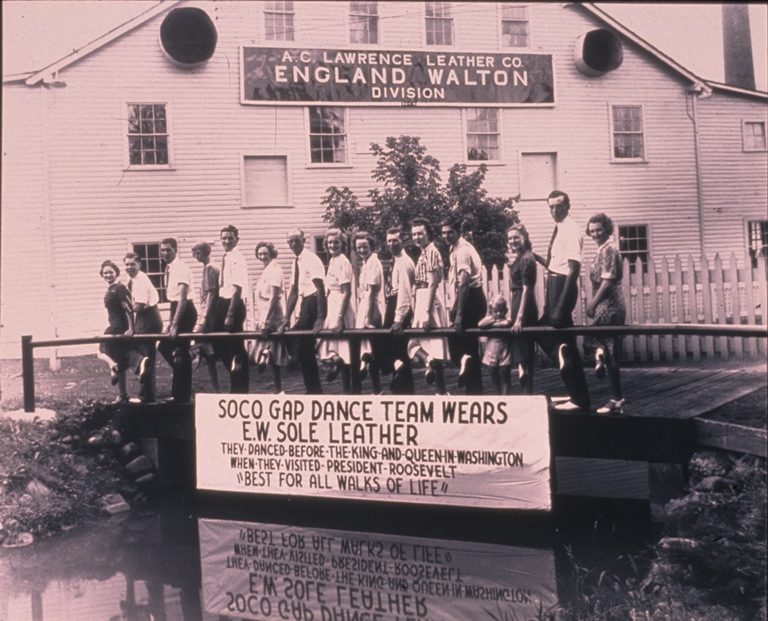
Soco Gap Dance Team
In earlier generations as well as today, both square dancing and individual styles like flatfoot, buckdancing, and clogging have been popular throughout the mountains. Square dancing and clogging are mixed together in team square dancing, a performance style that originated in Haywood County and is now practiced worldwide. It was pioneered by dancer and dance caller
Sam Love Queen (1889–1969) of Haywood County. When Queen’s Soco Gap Dance Team performed, the individual dancers would keep up a clogging or flatfooting step while, as a group, they danced traditional squares. The group was influential in the development of the modern team clogging style danced today by groups like the
Cole Mountain Cloggers and the
Bailey Mountain Cloggers, both of Madison County, and at venues in Maggie Valley, a Haywood County town closely associated with the tradition of team clogging.
Throughout the year you can find dances and dance weekends (or weeks) in which the public is encouraged to participate. They include:
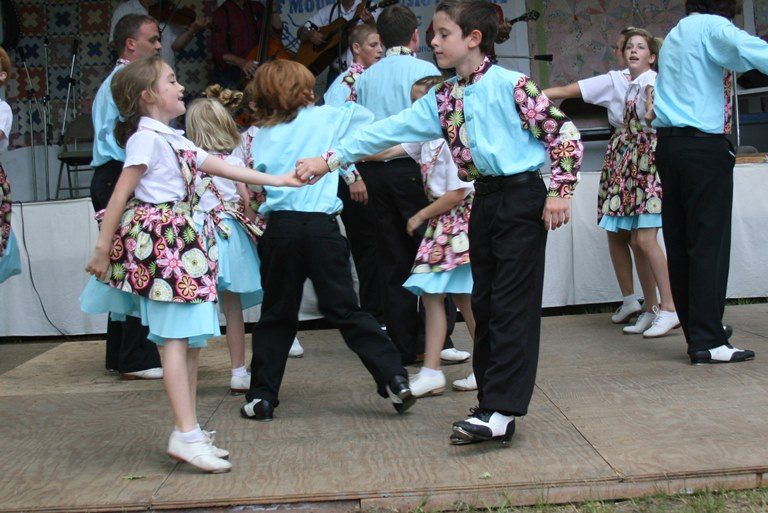
Cole Mountain Cloggers
Be sure to call ahead, as some dance-centered events require pre-registration. If you’re new to mountain dancing, you’ll also want to check ahead to find out if the caller will be giving an instructional session beforehand for beginners, or if the event is mainly geared towards dancers of a particular level of proficiency. Even if you’re brand new, you’ll find North Carolina’s mountain dance scene very welcoming.
Visit the Down The Road on the Blue Ridge Music Trails Podcast Library to hear more about Team Dancing Tradition Thrives in the Mountains and explore many bluegrass and old-time music stories, performers, and traditions across the mountain and foothills counties of Western North Carolina.
